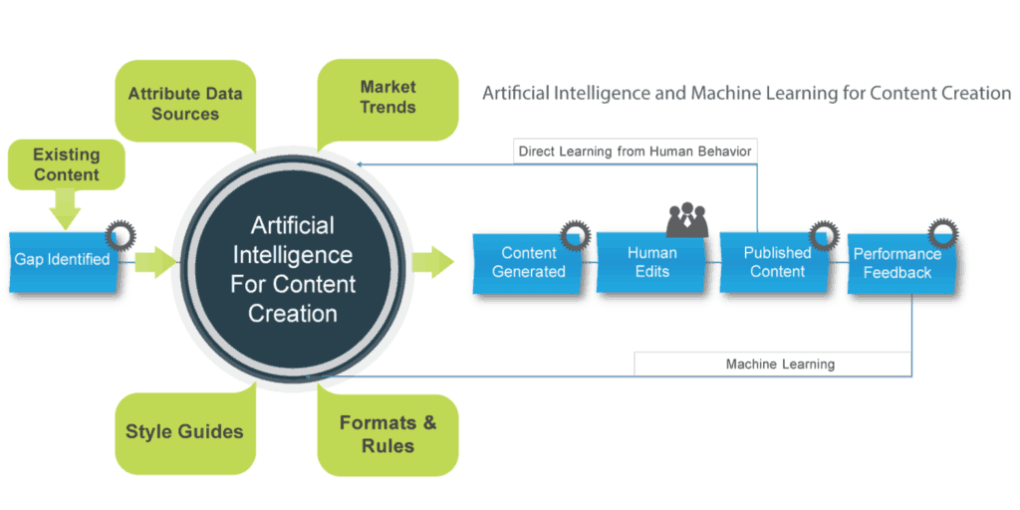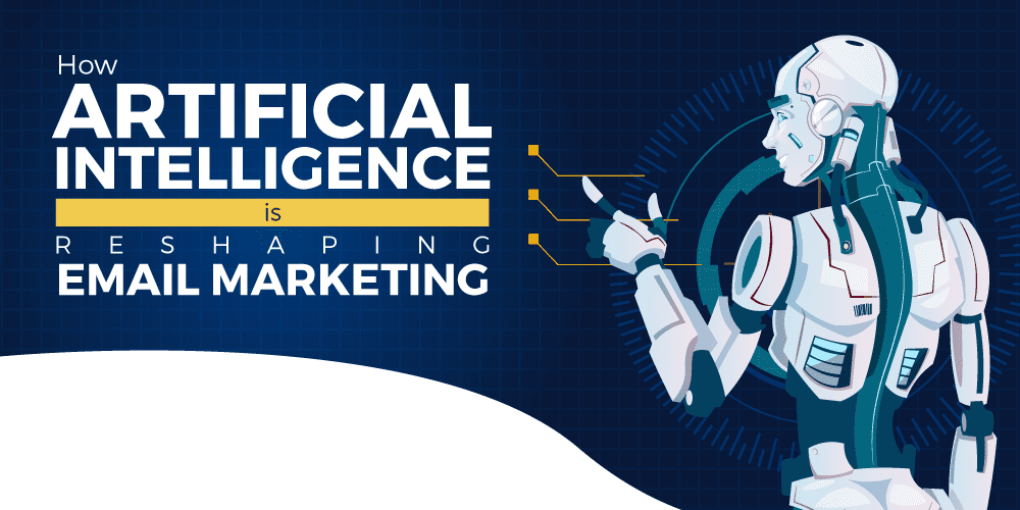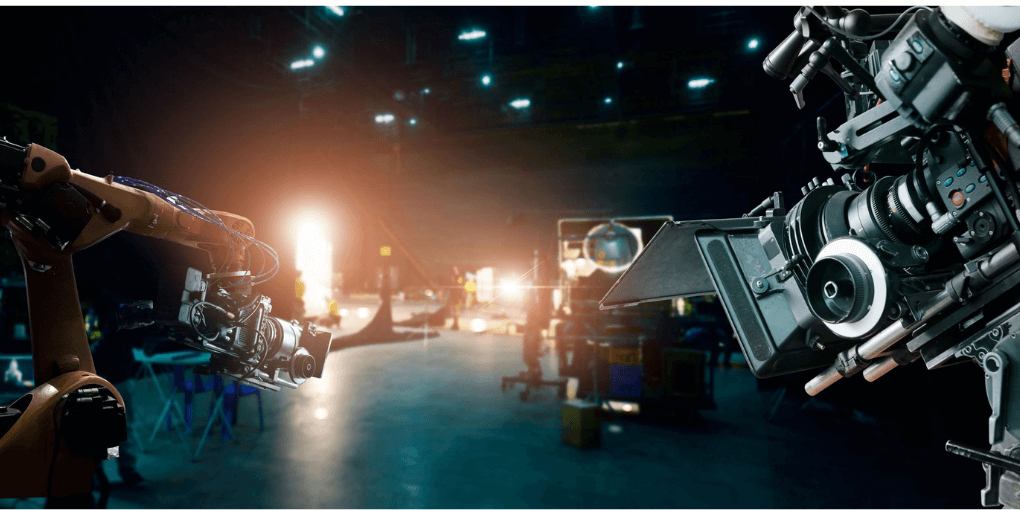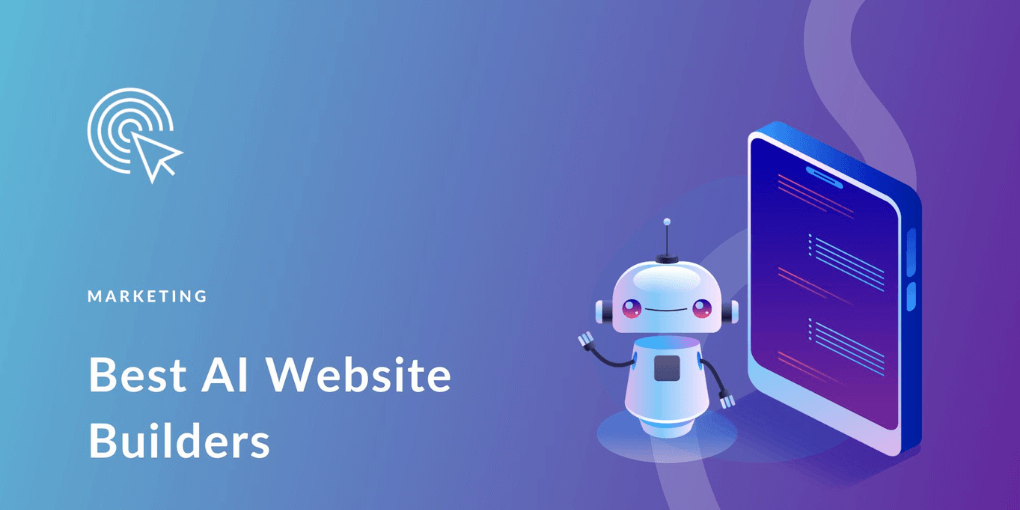In recent years, the applications of AI in content creation has revolutionized various industries.
Find out how AI-powered tools and technologies are reshaping the future of content creation. Uncover the top applications of AI in content creation.

AI technology has the potential to improve efficiency, productivity, and creativity in content creation processes.
From generating automated reports to developing personalized content for target audiences, AI is transforming the way content is produced and distributed.
Different industries have unique needs and challenges, and AI can provide tailored solutions to address them.
In this blog post, we will explore some of the industry-specific applications of AI in content creation and how they are reshaping the landscape of content production.
Definition of AI
AI refers to the ability of a machine or computer system to perform tasks that typically require human intelligence.
This includes tasks such as decision-making, pattern recognition, and natural language processing.
AI systems are designed to learn and improve over time, making them increasingly effective at performing complex tasks.
Content creation involves the production of various forms of media, including written articles, videos, and social media posts.
By incorporating AI into the content creation process, businesses can automate certain tasks, save time and resources, and improve the overall quality of their content.
AI in Social Media Marketing
Artificial intelligence (AI) is revolutionizing the field of social media marketing. By leveraging AI technologies, marketers can gain valuable insights into consumer behavior, create personalized content, and automate tedious tasks.
Here are some ways AI is being used in social media marketing:
Sentiment analysis
AI can be used to analyze social media conversations and determine the sentiment of users toward a brand or product.
This information can be used to improve marketing strategies and make data-driven decisions.
Personalization
AI can help personalize social media content for individual users. By analyzing user behavior and preferences, AI can deliver personalized content that is more likely to engage users and drive conversions.
Chatbots
AI-powered chatbots can automate customer service and improve response times. Chatbots can handle simple customer queries and free up customer service teams to focus on more complex issues.
Predictive analytics
AI can be used to analyze social media data and predict future trends. By analyzing user behavior, AI can help identify new market opportunities and inform marketing strategies.
Ad targeting
AI can help optimize social media advertising by targeting the right audience with the right message.
By analyzing user behavior, AI can determine which ads are most likely to resonate with a particular audience and adjust ad targeting accordingly.
Influencer marketing
AI can be used to identify and evaluate potential influencers for social media campaigns.
By analyzing social media data, AI can help identify influencers with the most engagement and determine the ROI of influencer campaigns.
AI in Email Marketing
Artificial intelligence (AI) is becoming an increasingly important tool in email marketing.

AI technologies can help email marketers improve their campaigns, increase open and click-through rates, and drive conversions. Here are some ways AI is being used in email marketing:
Personalization
AI can help personalize email content for individual users by analyzing user behavior and preferences.
By delivering personalized content, email marketers can increase engagement and drive conversions.
Predictive analytics
AI can be used to analyze email marketing data and predict user behavior. By analyzing data such as email opens and clicks, AI can help marketers identify the most effective marketing strategies and optimize campaigns.
Automated emails
AI-powered automation tools can help email marketers create automated email campaigns that deliver targeted messages at the right time.
For example, an automated welcome email can be sent to new subscribers, while abandoned cart emails can be sent to customers who leave items in their shopping cart without making a purchase.
Email Segmentation
AI can help email marketers segment their email lists based on user behavior and preferences.
By segmenting email lists, marketers can deliver more targeted content and increase engagement.
A/B testing
AI can help email marketers optimize their campaigns by conducting A/B testing. By testing different versions of emails and analyzing the results, AI can help identify the most effective content and improve email performance.
Spam filtering
AI can help email marketers reduce the number of emails that end up in recipients’ spam folders.
By analyzing email content and user behavior, AI can identify spammy content and prevent emails from being flagged as spam.
AI in Video Production
Artificial intelligence (AI) is becoming an increasingly important tool in video production.

AI technologies can help video producers streamline the production process, automate tedious tasks, and improve the overall quality of video content. Here are some ways AI is being used in video production:
Editing
AI can be used to automate the video editing process. For example, AI can analyze video footage and automatically create an edited video that tells a coherent story. This can save video producers a significant amount of time and resources.
Transcription
AI-powered transcription tools can automatically transcribe spoken words into text. This can be useful for video producers who want to add captions or subtitles to their videos.
Image recognition
AI can be used to analyze video footage and identify objects, people, and other elements in the video. This can be useful for creating targeted video content or for adding annotations to videos.
Personalization
AI can help video producers create personalized video content for individual users. By analyzing user behavior and preferences, AI can deliver video content that is more likely to engage users and drive conversions.
Virtual reality
AI can be used to create more immersive virtual reality experiences. For example, AI can be used to create realistic 3D models of objects and environments that can be used in virtual reality applications.
Motion graphics
AI can be used to create complex motion graphics that would be difficult or time-consuming to create manually. For example, AI can be used to create animated text or complex visual effects.
AI in Copywriting
Artificial intelligence (AI) is playing an increasingly important role in copywriting. AI technologies can help copywriters generate high-quality content, optimize copy for search engines, and improve overall writing efficiency. Here are some ways AI is being used in copywriting:
Content creation
AI-powered content generators can be used to create high-quality articles, blog posts, and social media content.
By analyzing user behavior and preferences, AI can deliver content that is more likely to engage users and drive conversions.
Optimization
AI can be used to optimize copy for search engines. By analyzing user search behavior and keywords, AI can help copywriters create content that is more likely to rank highly in search results.
Personalization
AI can help copywriters create personalized content for individual users.
By analyzing user behavior and preferences, AI can deliver content that is tailored to the needs and interests of individual users.
Editing
AI-powered editing tools can help copywriters identify grammar and spelling errors, improve sentence structure, and suggest more engaging vocabulary.
Translation
AI-powered translation tools can help copywriters create content in multiple languages.
By analyzing sentence structure and context, AI can generate accurate translations that capture the original intent of the text.
Chatbots
AI-powered chatbots can be used to engage with customers and answer frequently asked questions.
By analyzing user behavior and preferences, chatbots can deliver personalized responses that are more likely to satisfy user needs.
AI in Website Design
Artificial intelligence (AI) is revolutionizing website design by providing designers with new tools and technologies to create more efficient, personalized, and engaging websites.

Here are some ways AI is being used in website design:
Layout design
AI can be used to analyze user behavior and preferences to determine the most effective website layout for a particular audience.
AI-powered website design tools can create dynamic layouts that are personalized for each user based on their past interactions with the website.
Image selection
AI can be used to select and optimize images for website design. By analyzing user behavior and preferences, AI can determine which images are most likely to engage users and drive conversions.
Chatbots
AI-powered chatbots can be integrated into websites to provide customers with personalized support and assistance.
By analyzing user behavior and preferences, chatbots can deliver customized responses that are more likely to satisfy user needs.
Personalization
AI can be used to create personalized website content for individual users. By analyzing user behavior and preferences, AI can deliver content that is tailored to the needs and interests of each user.
SEO optimization
AI can be used to optimize SEO website content for search engines. By analyzing user search behavior and keywords, AI can help website designers create content that is more likely to rank highly in search results.
Performance optimization
AI can be used to optimize website performance by analyzing website speed, responsiveness, and other factors. AI-powered website design tools can identify and fix performance issues in real time, improving the overall user experience.
AI in Blog Writing
Artificial intelligence (AI) is transforming the field of blog writing by providing writers with new tools and technologies to create high-quality, engaging, and optimized content. Here are some ways AI is being used in blog writing:
Topic generation
AI-powered content generators can be used to generate topic ideas for blog posts. By analyzing user behavior and preferences, AI can deliver topic ideas that are more likely to engage users and drive conversions.
Content creation
AI-powered content generators can be used to create high-quality blog posts. By analyzing user behavior and preferences, AI can deliver content that is more likely to engage users and drive conversions.
Optimization
AI can be used to optimize blog content for search engines. By analyzing user search behavior and keywords, AI can help writers create content that is more likely to rank highly in search results.
Personalization
AI can help writers create personalized content for individual users. By analyzing user behavior and preferences, AI can deliver content that is tailored to the needs and interests of each user.
Editing
AI-powered editing tools can help writers identify grammar and spelling errors, improve sentence structure, and suggest more engaging vocabulary.
Translation
AI-powered translation tools can help writers create content in multiple languages. By analyzing sentence structure and context, AI can generate accurate translations that capture the original intent of the text.
Future of AI in Content Creation
Artificial intelligence (AI) is rapidly transforming the field of content creation, and the future looks bright. Here are some potential advancements we can expect in the future of AI in content creation:
More sophisticated content generation
AI-powered content generators are already producing high-quality written and visual content, but we can expect these tools to become even more sophisticated in the future.
AI-powered content generators may be able to produce content that is indistinguishable from human-created content.
Increased personalization
As AI algorithms become more advanced, they will be able to deliver increasingly personalized content that is tailored to the needs and interests of individual users.
This will make content more engaging and increase user engagement.
Greater automation
AI-powered content creation tools are already automating many of the tedious tasks associated with content creation, such as editing and translation.
In the future, we can expect even greater levels of automation as AI becomes more sophisticated and integrated into the content creation process.
Improved content optimization
AI algorithms will become better at optimizing content for search engines, social media platforms, and other channels.
This will help content creators reach a wider audience and increase engagement.
New content formats
AI is already being used to create innovative content formats, such as interactive videos and virtual reality experiences.
In the future, we can expect AI to create even more innovative and engaging content formats that push the boundaries of what is possible.
Better collaboration
AI-powered collaboration tools will make it easier for content creators to work together and share ideas. This will lead to more efficient and effective content creation processes.
Conclusion
In conclusion, artificial intelligence (AI) is revolutionizing the field of content creation, with new tools and technologies that are improving the quality, efficiency, and effectiveness of content creation processes.
From social media marketing to email marketing, video production, copywriting, website design, and blog writing, AI is being used to automate tedious tasks, optimize content for search engines, personalize content for individual users, and create innovative new content formats.
However, as with any new technology, the use of AI in content creation also raises ethical concerns around transparency, bias, and privacy.
It is important for content creators to consider these issues when using AI-powered tools, and to ensure that they are using them in ways that are ethical and responsible.
Overall, the future of AI in content creation looks bright, and it is up to content creators to embrace these new technologies and use them in ways that benefit their audiences and their businesses, while also being mindful of ethical considerations.
By doing so, they can stay ahead of the curve and create content that resonates with users and drives real results

This blog post is written by AI Genie, Powered by ContentGeni’s cutting-edge AI technology. It is able to quickly and efficiently produce high-quality written content on a wide range of topics. While AI Genie may not have a physical body, it is constantly learning and evolving to provide the best possible content for its readers.